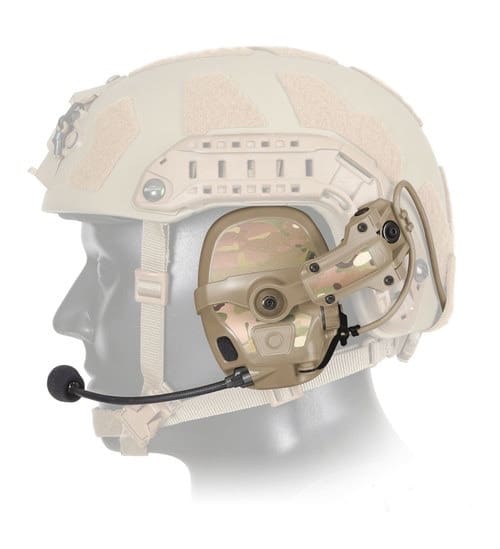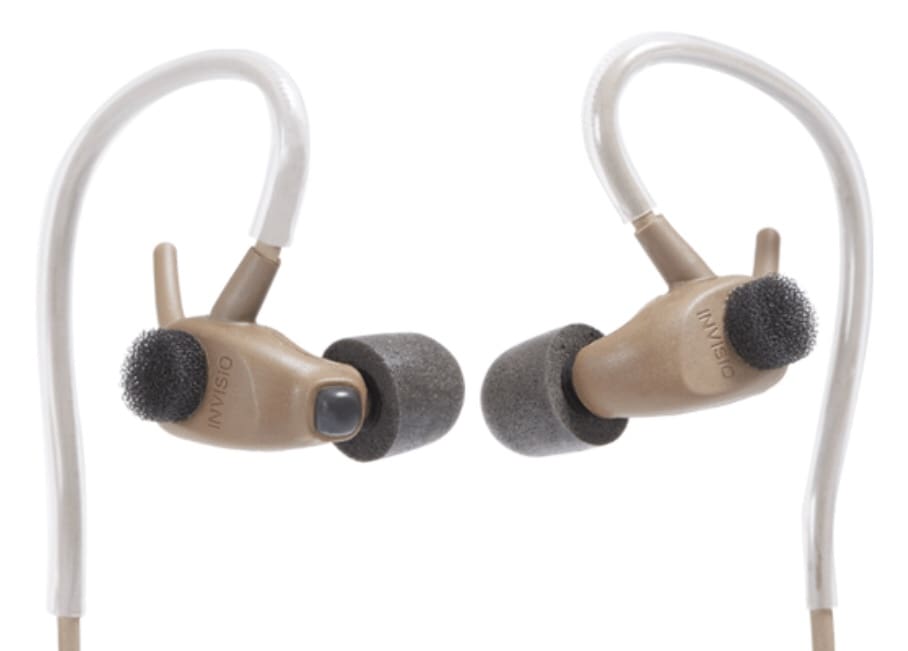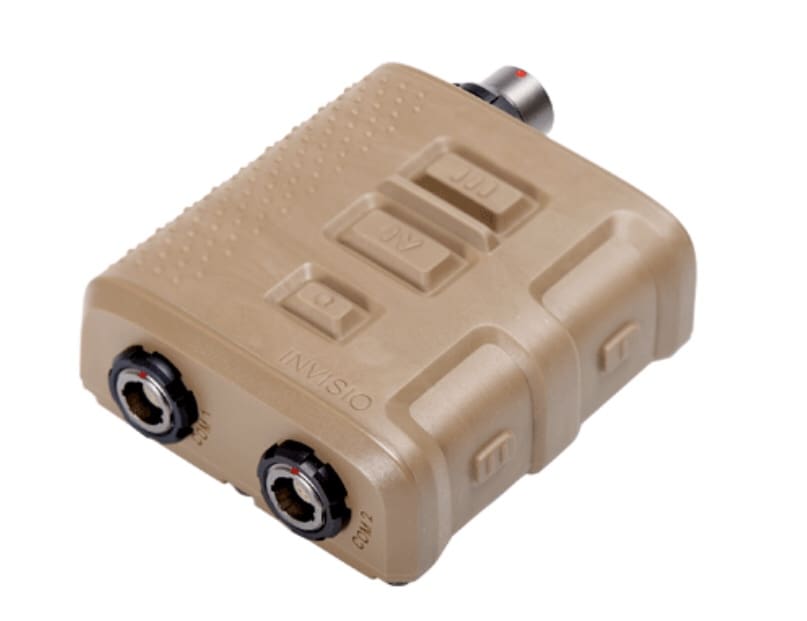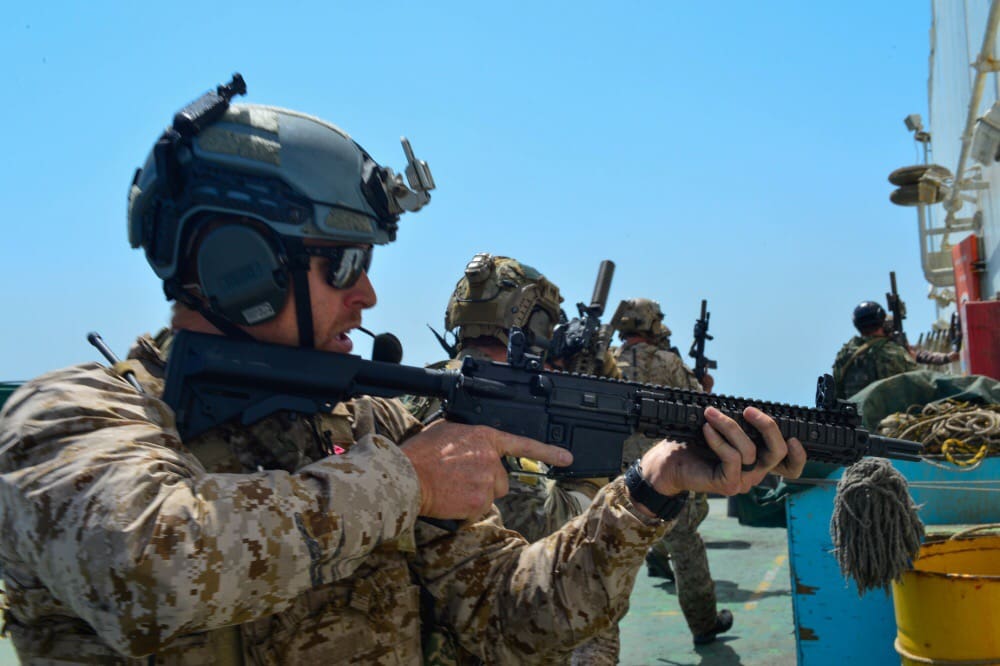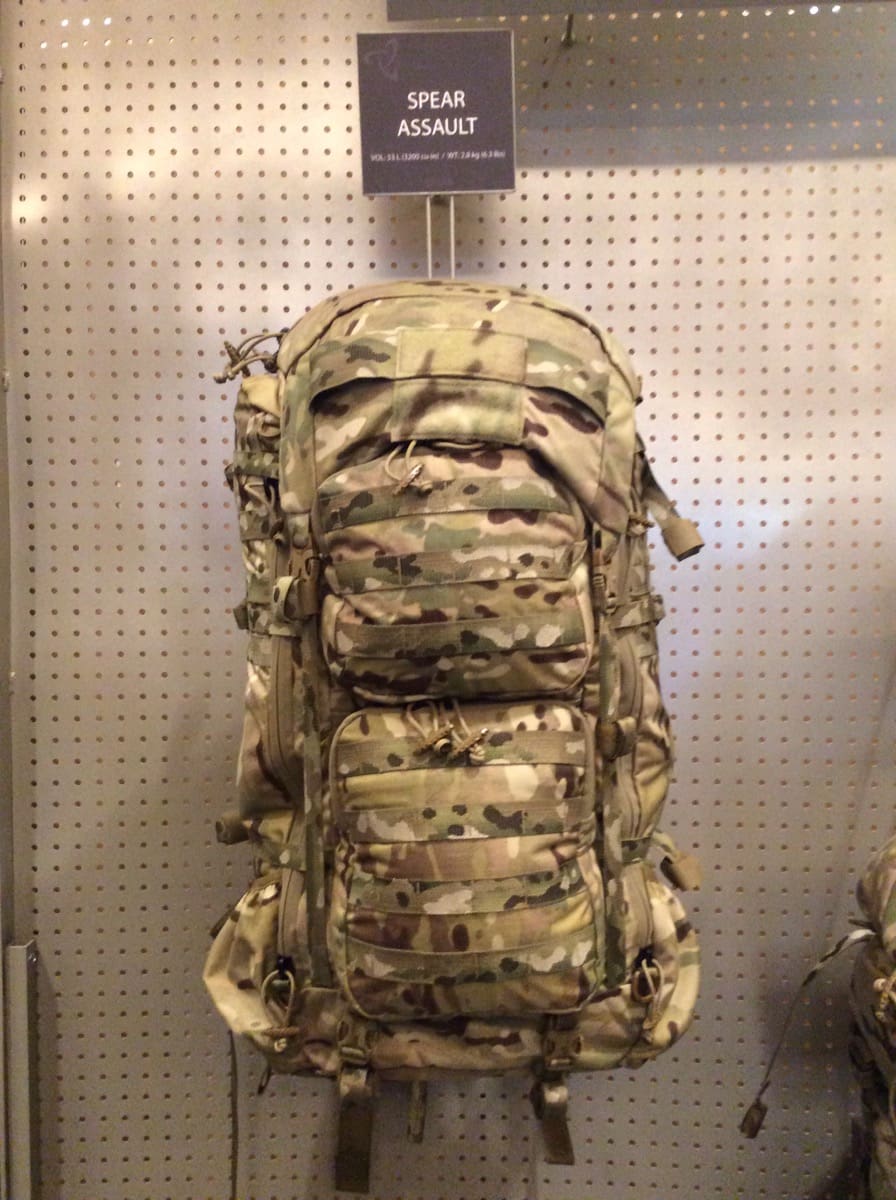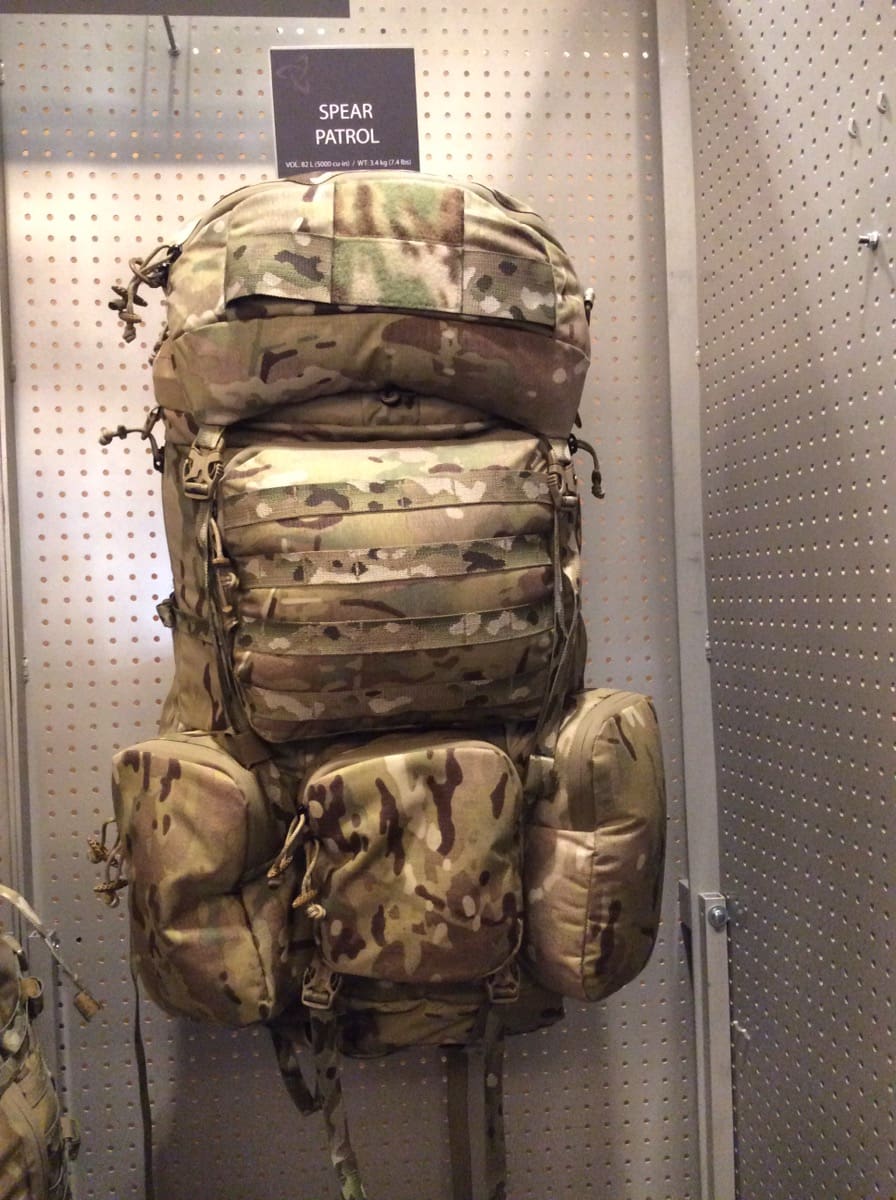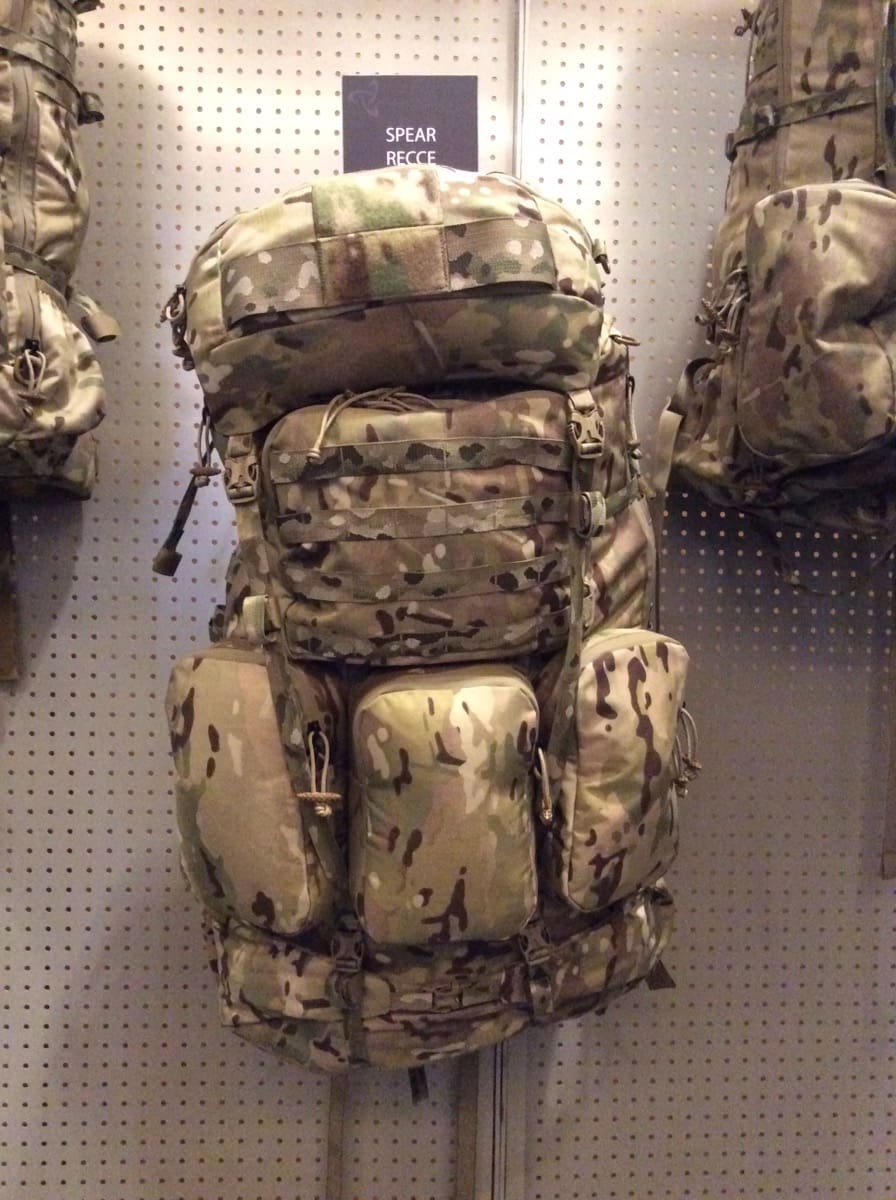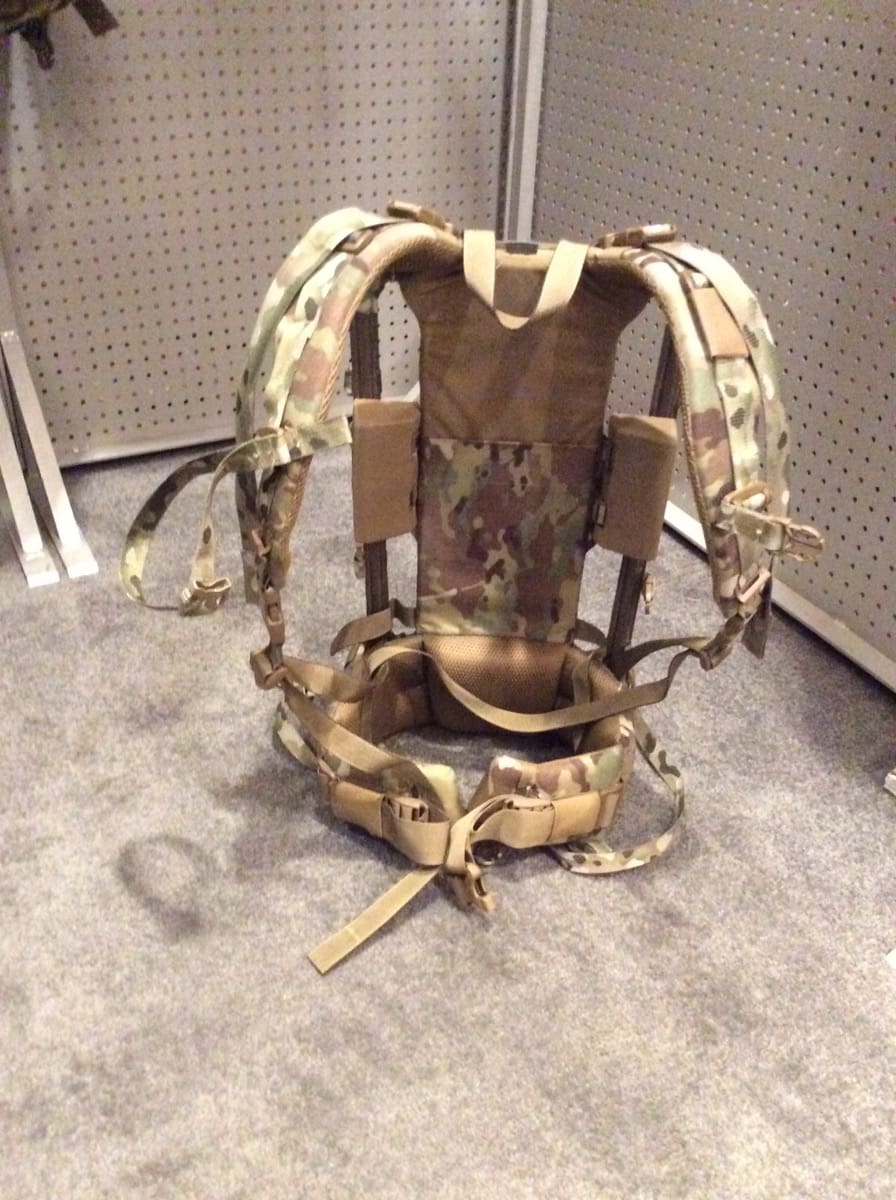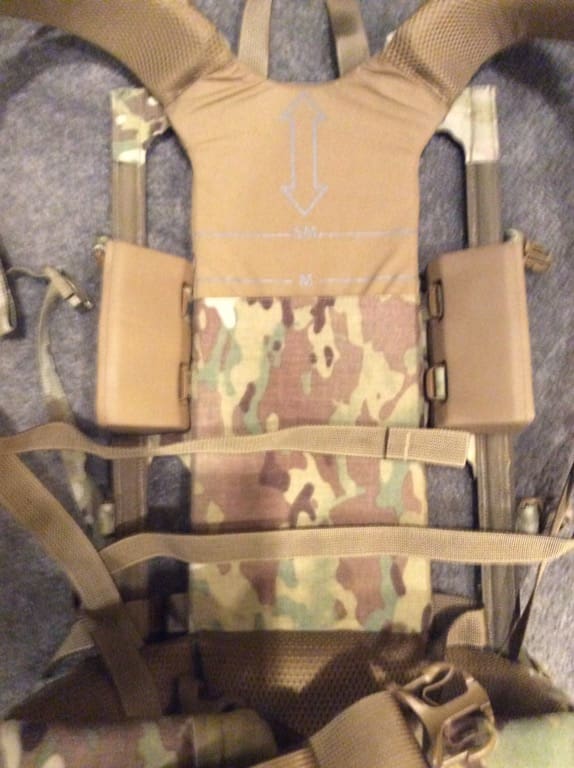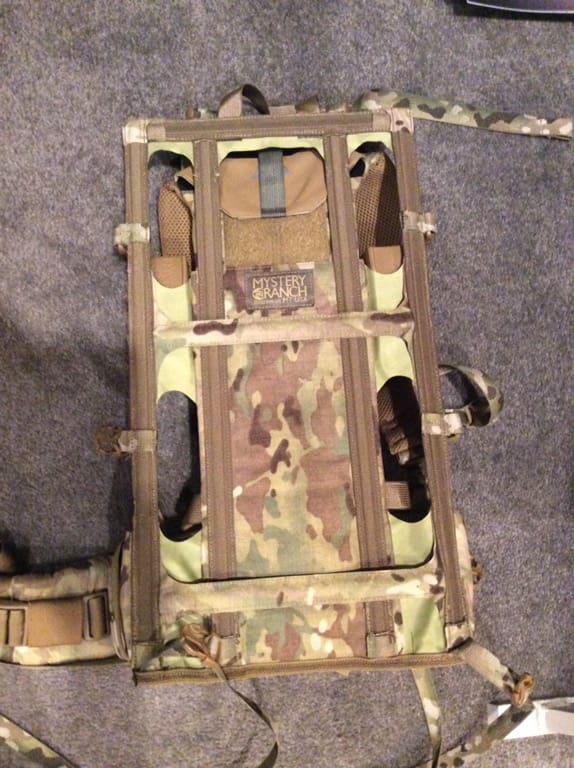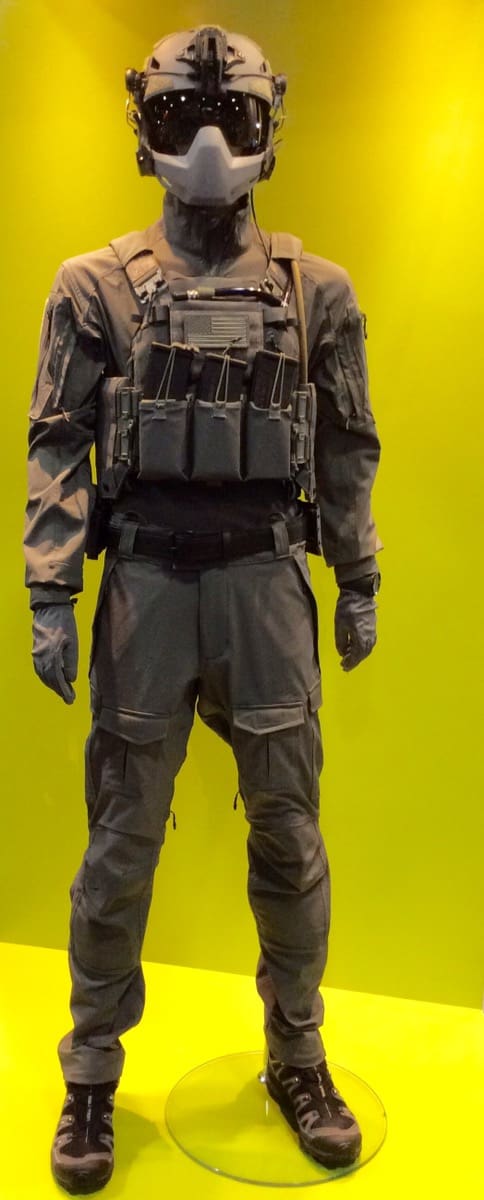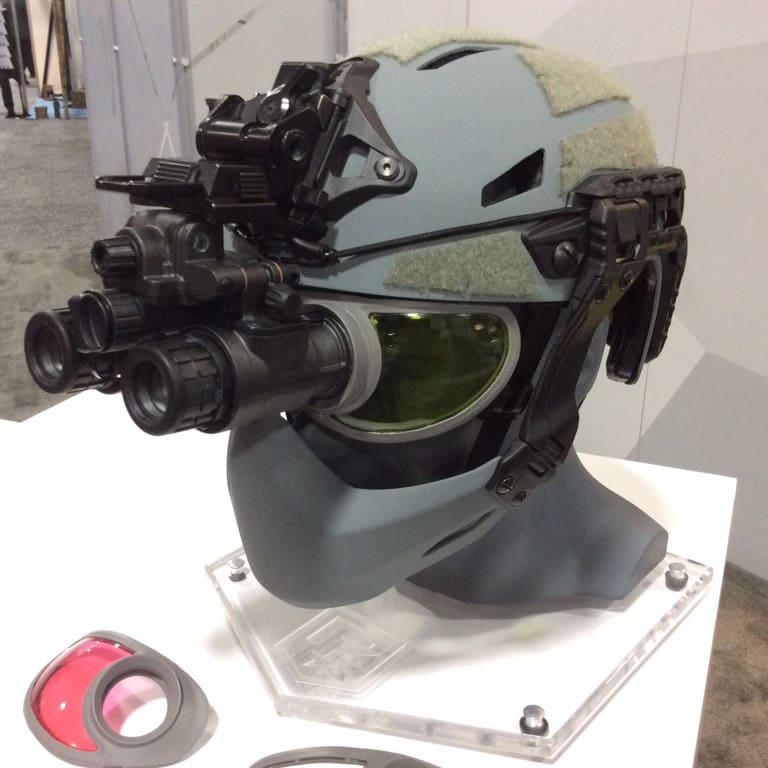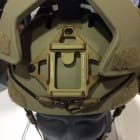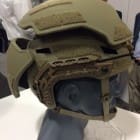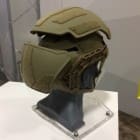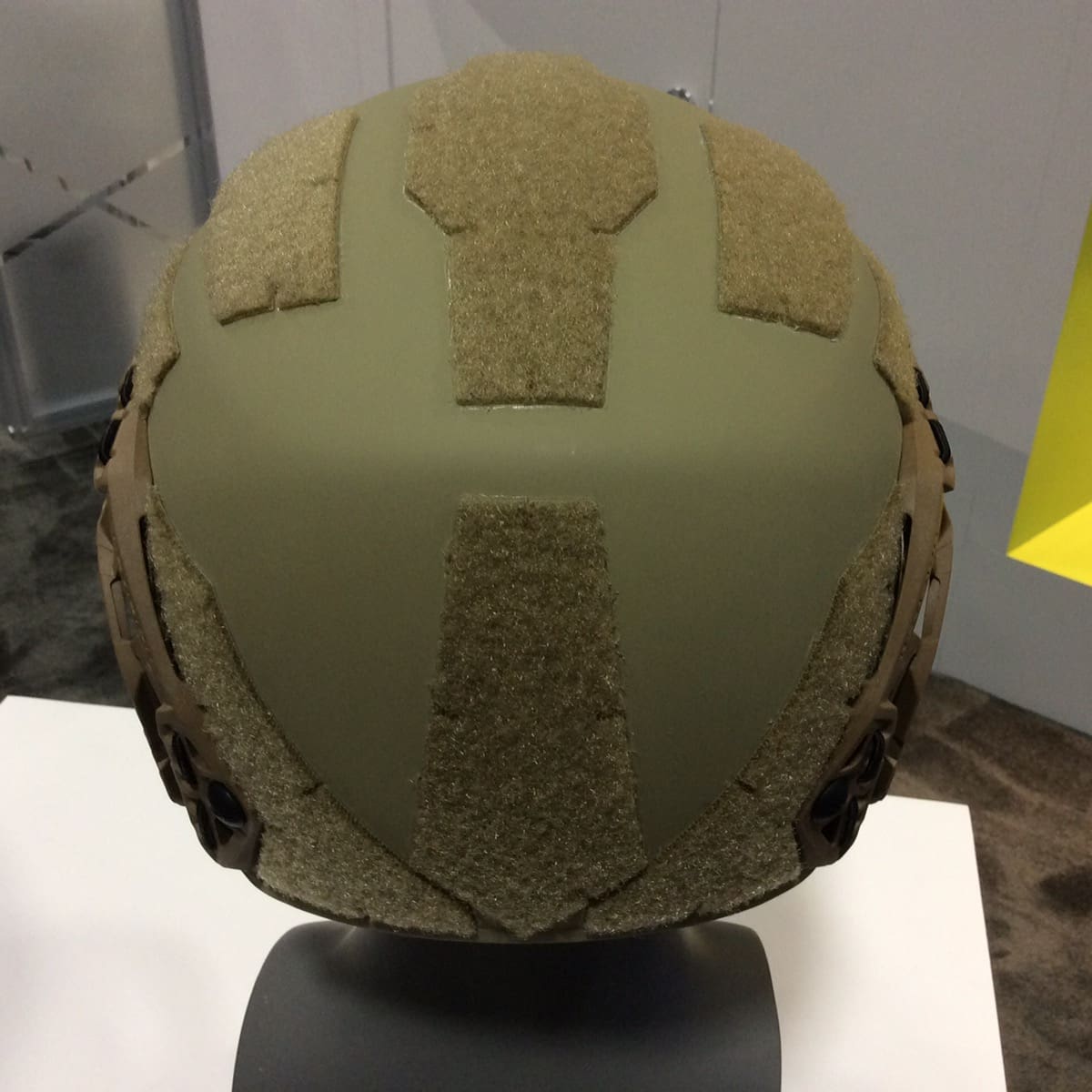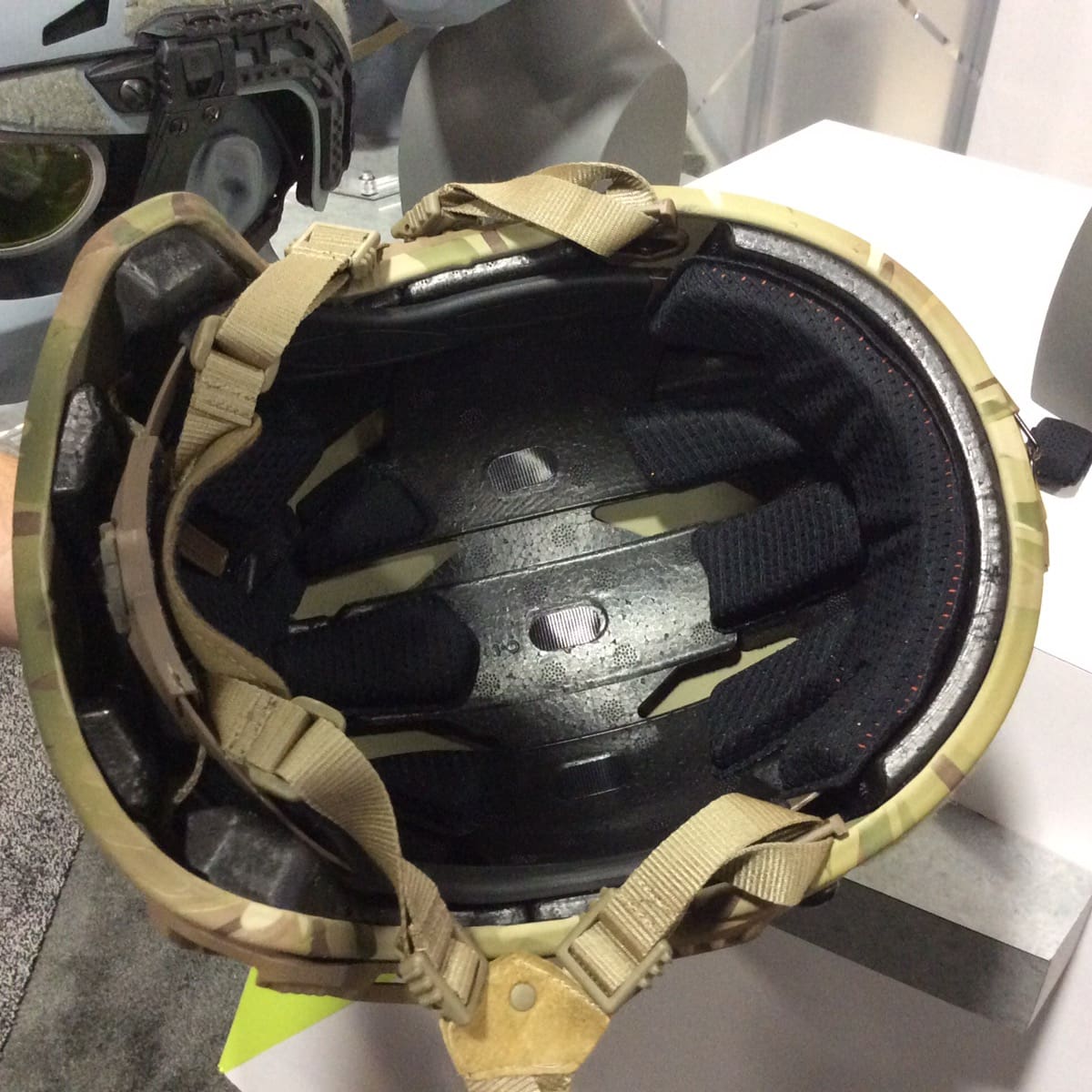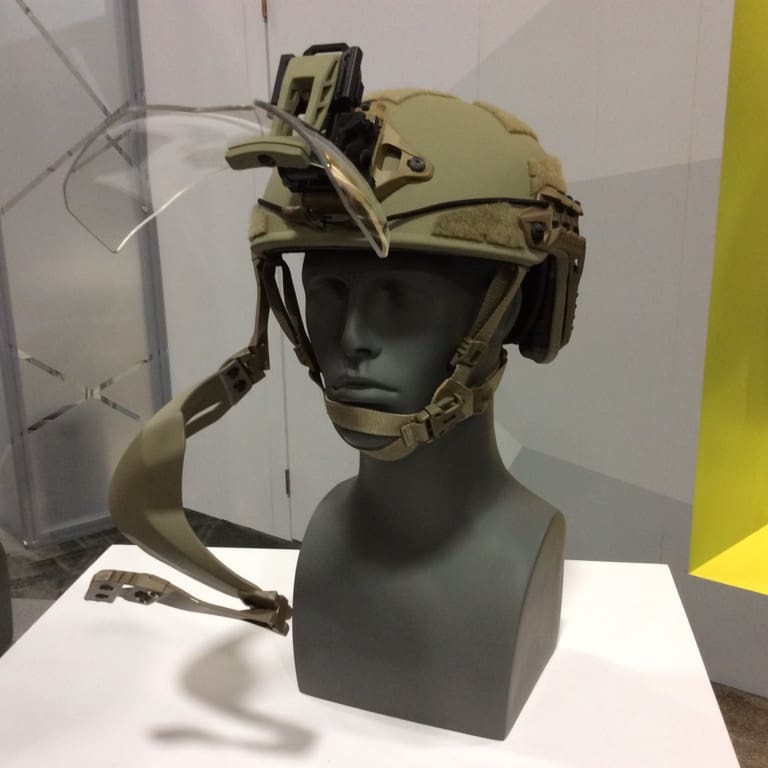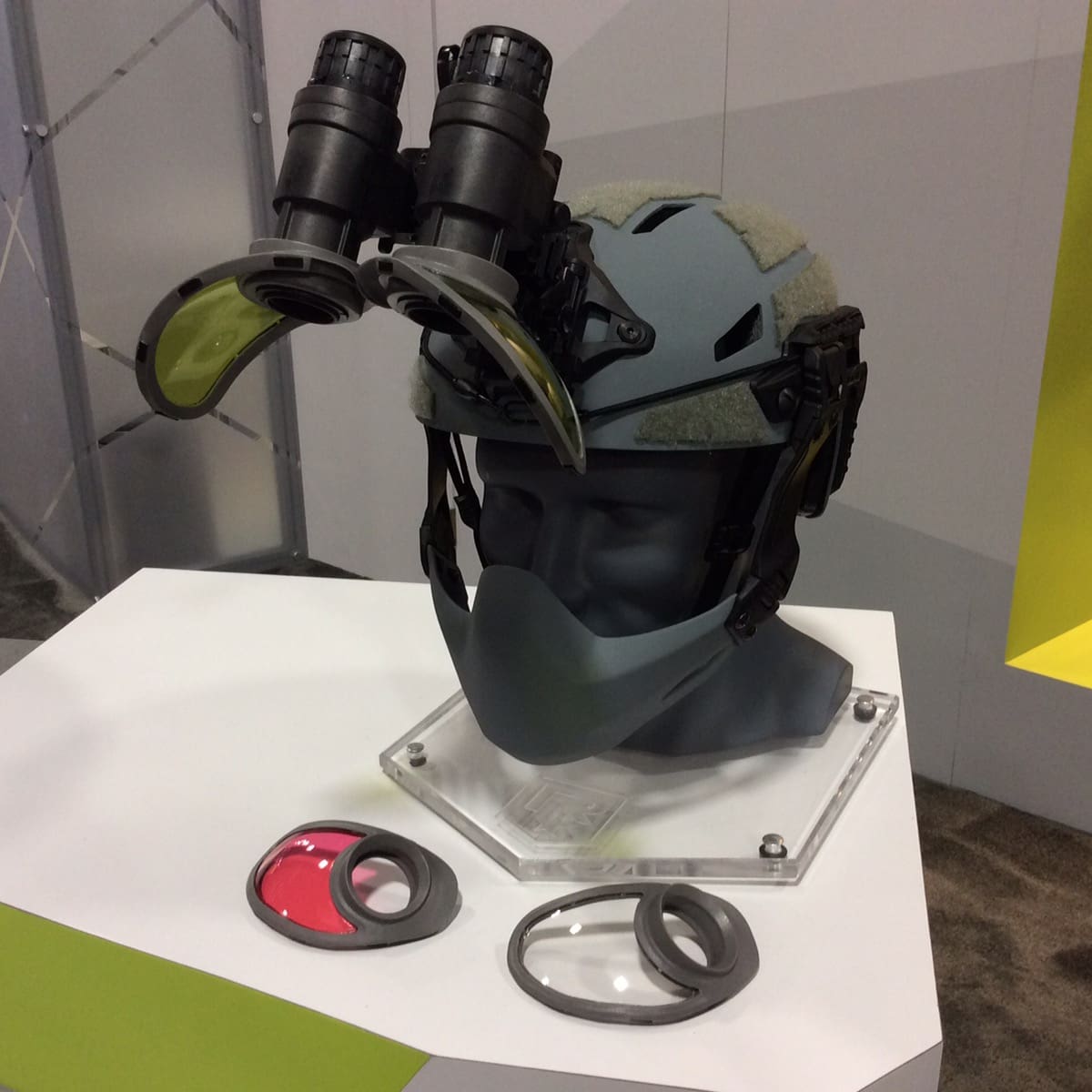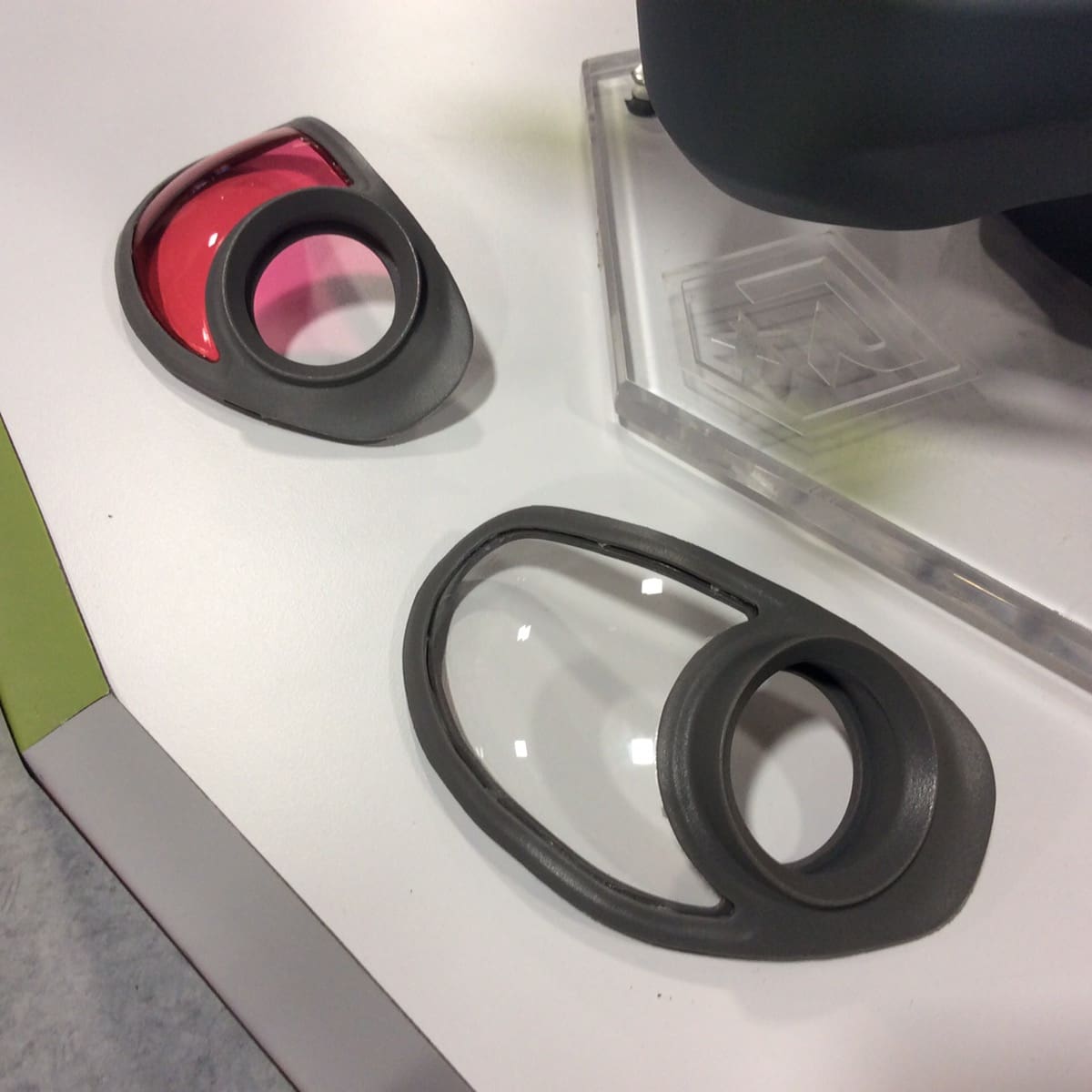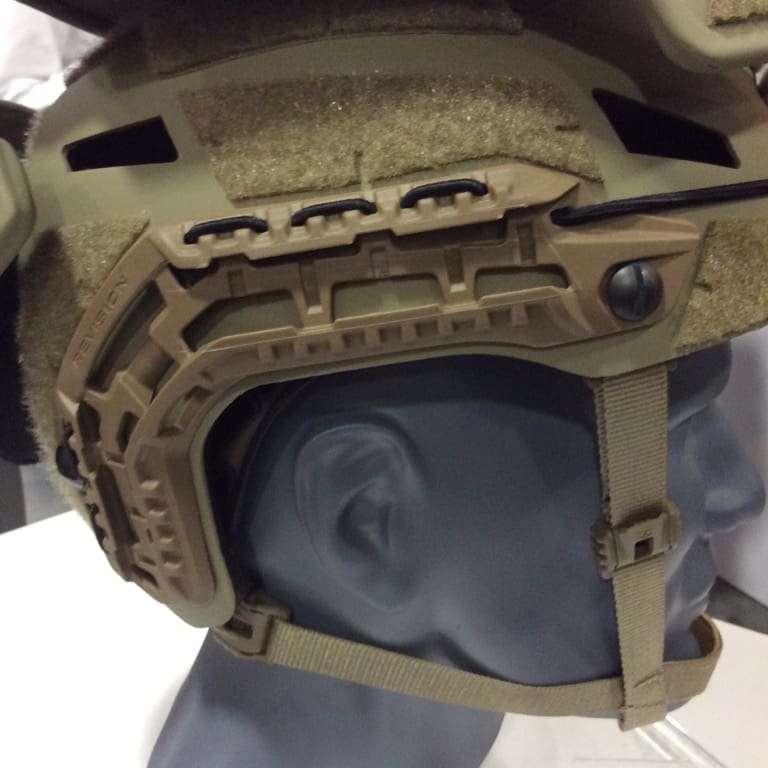Natick released a Sources Sought Notice to industry for a new Aviation Body Armor Best to support SOF aviation customers.
KEY PERFORMANCE PARAMETERS (KPPs)
1. Must be capable of supporting the following items:
a. Spear Cut Level 5 Stand-alone, Swimmer Cut Front, Back, and Side Plates
b. Under-Arm Flotation System Modular Water Wing Design
c. SEA LV2 (Emergency Breathing Device)
d. M-4 Magazines (Qty: 3 with the ability to increase to a quantity of 6)
e. M-9 Magazines (Qty: 2 with the ability to increase to a quantity of 3)
f. CAT Tourniquet
g. Individual Medical Aircrew Kit (5.5″L x 5.5″W x 3.25″D)
h. Individual Survival Aircrew Module (5.5″L x 5.5″W x 3″D)
i. Universal radio pouch capable of holding the CSEL or 148 series Radio with Thales GPS
Side Mate Module Assembly
j. IZLID
k. Modular holster for M-9 Beretta capable of being mounted and reconfigured between the vest and belt, and capable of being mounted vertically, horizontally, or angled on the vest.
2. Must be interoperable with Swimmer Cut Generation V SPEAR Body Armor Plates
3. Must have an integrated extraction / retention system consisting of:
a. Belt shall be capable of being used independently as a method of extraction and retention
b. Chest connection point shall be capable of being used independently for retention. It shall be capable of being used for extraction in conjunction with the belt while maintaining the chest connection point as the single point of attachment to the hoist line.
This system should be capable of being used as a single point for both retention and extraction.
c. Capable of supporting a 400lb load for rescue hoisting from both belt and chest connection points and provides retention through a chest connection point compatible with lanyard part numbers AMTC-S1379 (7′) & AMTC-S1380 (12′) & 001-HSLSOCOM.
d. The belt must be rated in accordance to meet NFPA 1983-2012 – 3000lbs for 1.5min.
The criteria for the static pull test of the belt is a minimum break strength of 3000 lbs in an upright and inverted position. Pull Test (two iterations): Horizontal & head-down with a max buckles slippage of 25 mm (1 in.). The criteria for the static pull test of the chest connection is a minimum break strength of 3,000 lbs. for 1.5 minutes in horizontal, vertical, and angular directions.
e. Any harness worn with the belt must not diminish the pull strength in any way.
4. Must be available in Multicam and be capable of being printed in other patterns. ABAV must meet minimal requirements for not creating Visual and Near IR (VIS/NIR) offenders. If nonprinted materials are used, they must be in Tan #499 and meet VIS/NIR Tan #499 compliance.
5. ABAV must be flame resistant, no melt /no drip, and be self-extinguishing. The items shall be tested in both the warp and fill directions. The average melt / drip that occurs after removal of the source flame shall be less than 1 droplet. The average after flame in each direction (warp and fill) shall be no longer than 3.0 seconds, the average afterglow in each direction shall be no longer than 2.0 seconds, and the average char length in each direction shall be no longer than 4.5 inches for samples prior to laundering (0 washes) and after laundering (5 washes). Laundering shall be conducted according to AATCC Method 135, and the vertical flame testing shall be conducted according to ASTM D 6413
6. Environmental conditions cannot degrade the ABAV to the extent they cannot be used for its intended mission (e.g. buckles and fasteners must operate in extreme cold and hot conditions and be resistant to sand and debris).
7. Must withstand the effects of full climatic range of operations ranging from -50F to 130F.
8. Must withstand storage temperatures ranging from -50F to 185F.
9. Must be resistant to rot, mildew, DEET, Petroleum, Oil and Lubricants (POL), chlorine, UV light, and salt water.
10. Shall have a shelf life of not less than five years in a sealed package.
11. The ABAV must be easily usable and adjustable while wearing a wet suit, exposure suit, and/or cold weather gloves to the maximum extent practicable.
12. Must be backward compatible with all currently issued SPEAR Load Carriage items.
13. Shall provide adequate amount of surface area for carrying mission essential equipment tailored to duty position (e.g. rifleman, medic, engineer, etc). The ABAV shall be compatible with existing
USSOCOM equipment when minimally or fully loaded in accordance with operational practices.
Existing USSOCOM equipment includes Military Free Fall (MFF) equipment, fast rope and static line parachute equipment, combat swimming equipment, backpacks, equipment belts, and NBC gear (MOPP 4).
14. Shall have a handle capable of dragging or supporting 400 lbs. during dynamic motion in combat.
15. Fine adjustments to fit shall be easily made while in minimally and maximally loaded configurations. This includes the need for fine adjustments of any straps, harnesses, cummerbunds, or any other type of adjustment system while wearing the entire ensemble without removing it.
16. Provide equal weight distribution, be configurable for additional load carriage, and provide shoulder-hip distribution capabilities. These capabilities shall not interfere with any others, and should only add additional capability without detrimental aspects.
KEY SYSTEM ATTRIBUTES (KSAs)
1. Must be easily and quickly releasable when unloaded or fully loaded in all combat environments, including submerged / maritime environments where crashed aircraft is possible.
2. All aspects of the design and integration of the ABAV and its Accessories shall be simple, easy, and intuitive to use. The ABAV must be easily setup prior to use, and easily adjustable during use.
3. The holster must be capable of being transitioned from mounting on the vest in a horizontal, angled, or vertical configuration, to mounting on a belt.
4. Materials and designs of the ABAV must provide maximal comfort, full range of dynamic anatomical motion, and maximal agility during movement in all environments.
5. The ABAV shall minimize water retention, maximize drainage, and minimize drying time.
6. When fully loaded, the ABAV must allow the operator to bring and maintain all weapons to a good firing position or adjust firing position. These weapons include M-9, M-4, and crew served weapons.
7. Must not hinder or significantly interfere with the operator entering or exiting SOF ground vehicles, aviation platforms, movement through hatches or doorways, and must maximize comfort while riding on SOF/Service aviation platforms.
8. The Accessories should be simple to use, minimize bulk, retain necessary equipment, and allow easy access for removal and replacement of equipment into the pocket or pouch.
9. All Accessories should firmly attach to the ABAV in a way that minimizes relative motion between equipment-filled pockets and the ABAV. Fastening mechanisms shall be simple, easy to use, and durable for all operational environments.
10. Shall be capable of fitting the 5th to 95th percentile chest size (33″ circumference, 16″ torso length to 49″ circumference, 24 ¼” torso length
11. ABAV and Accessories must be able to integrate with a low profile, modular floatation system that has an easily installable bladder capable of providing no less than 70 lb. of positive buoyancy when inflated on the surface with 40 lbs. at 1 ATM. Modular flotation sub-components shall not reduce or will only minimally reduce the area available for Accessory attachment. Bladders and floatation capability must be easily removable.
12. ABAV and accessories must have durability and abrasion resistance during extended land operations.
Responses are due, NLT 7 June 2017. Visit www.fbo.gov for full details.
